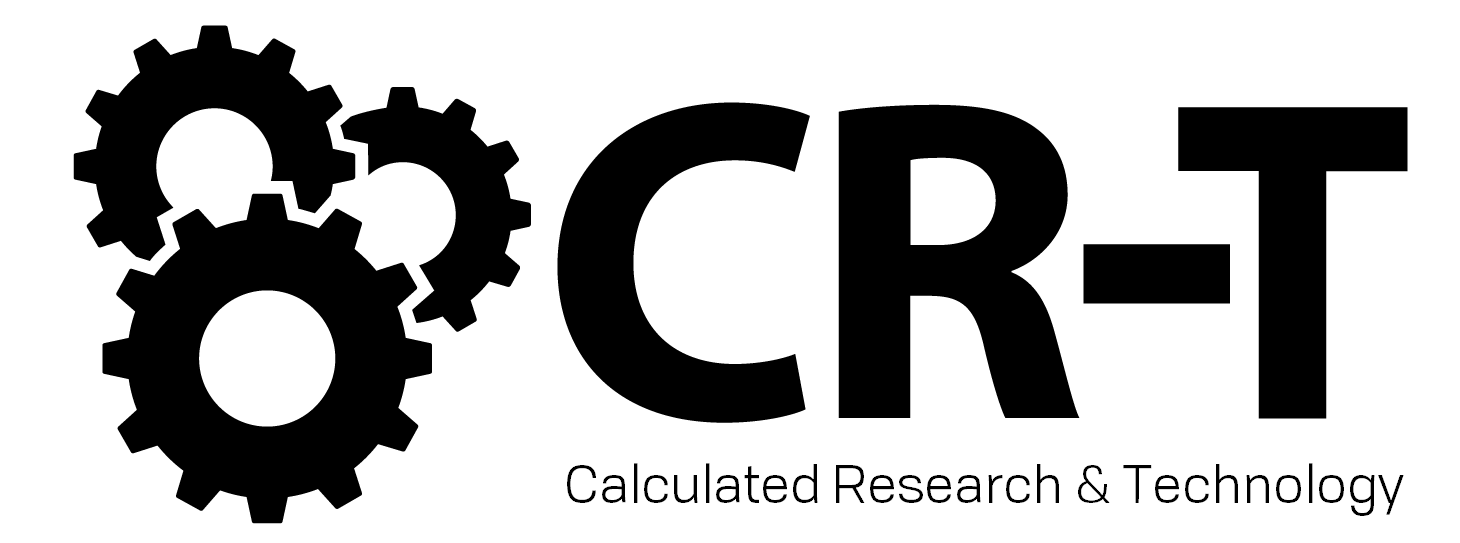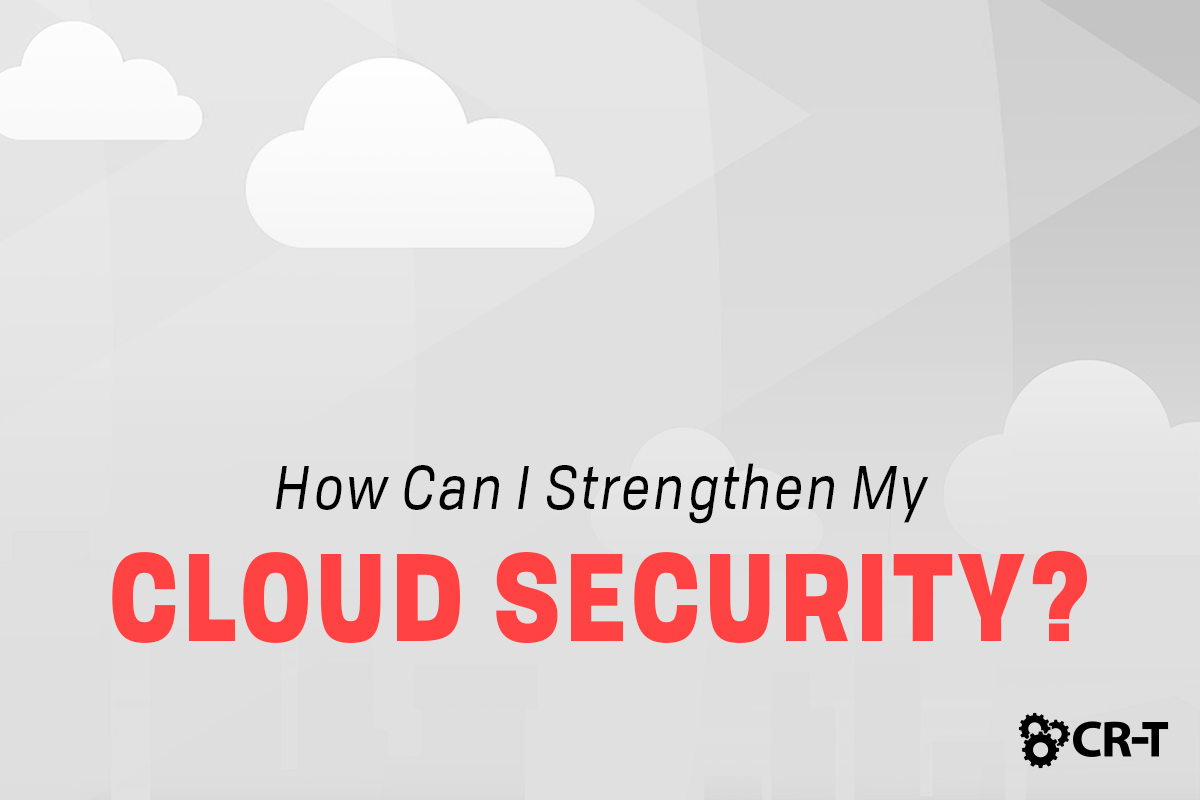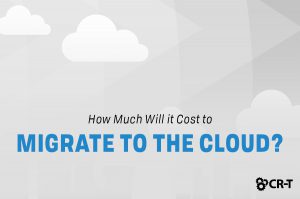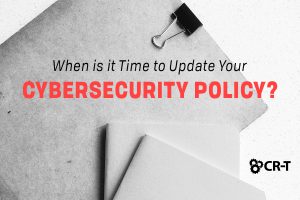When migrating to the cloud, one of the biggest concerns is how to handle cloud security. And while some platforms might offer services like 24/7 monitoring and automatic backups, you shouldn’t rely on your cloud provider to manage 100% of your cloud environment’s security.
Instead of depending on your cloud provider to do all of the work, here are some ways that you can improve your overall security and reduce the chances of a cyber attack.
Choose a Trusted Cloud Provider.
The first step to strong cloud security is finding a cloud provider that you can trust.
When shopping for a cloud provider, make sure you choose a platform that will support your end goals. Research each cloud provider’s capabilities to make sure that they can fulfill your needs.
It’s also important to read your Service Level Agreement (SLA) carefully. Every cloud solution includes a unique set of benefits, so you’ll want to make sure that you’re getting the services you need.
Monitor Your Cloud Environment.
Do you keep track of your cloud’s performance and security?
If not, then you’re missing out on critical information that could save you time and money in the event of a security breach.
Make sure you place an individual or team in charge of monitoring your cloud environment, including user activity and access logs. If your cloud provider is in charge of monitoring the environment, check your SLA to see exactly how the process is outlined and to understand what your own responsibilities are.
Establish a Backup and Disaster Recovery Solution.
Imagine you’ve fallen victim to a ransomware attack. Cyber criminals were able to hack into your cloud environment and steal important data. Now, unless you pay the ransom, that critical data will be lost forever.
Cyber attacks are one of the biggest motivations for having a Backup and Disaster Recovery (BDR) solution.
But even if you never suffer a data breach, it’s still important to invest in BDR. No system is perfect, and there’s always a chance that files could become corrupted or erased. Having a backup in place will ensure that you never lose critical data.
There are a variety of BDR solutions, whether you choose to back up your data on premise or in the cloud. Talk with an IT expert to determine which solution is best for your business.
Strengthen User Security.
- Implement Multi-Factor Authentication (MFA) to protect user accounts and prevent hackers from accessing your cloud applications.
- Use Identity Access Management (IAM) software to ensure that employees can only view and edit the applications and data necessary to do their jobs.
- Create a comprehensive offboarding process to protect against departing employees.
- Provide anti-phishing training for employees on a regular basis.
Final Thoughts
In the same way that no building will ever be 100% secure, it’s also impossible to create a perfectly secure cloud environment.
However, understanding and implementing cybersecurity best practices will reduce your chances of a cyber attack and protect your data from falling into the wrong hands.
Blog & Media
Cloud Services
Managed IT Support
Cyber Security
Project Services
Servers/Infrastructure
Firewalls
Networking
Hardware/Software
Microsoft Products/Cloud
Amazon Web Services
Penetration Testing vs Vulnerability Scanning
If you’re responsible for managing the security of your organization’s network or systems, you may have heard the terms “penetration testing” and “vulnerability testing” thrown
Backup and Disaster Recovery
Your organization can’t afford to neglect backup and disaster recovery. If it takes your business too long to get back online after a disaster, you
6 Steps to Secure Customer Data
Securing customer data is essential for one major reason: your business depends on it. As an IT director, you recognize the importance of cybersecurity when
5 Steps to Promote Compliance in the Workplace
You’re familiar with the ever-changing world of regulatory compliance. Robust compliance enables you to avoid legal liabilities while improving your organization’s effectiveness. And many of






